Since you’re here, you probably want to know if your 12 inch forearms are above the average forearm size. Or perhaps you want to build and exceed your current forearm circumference?
Whatever the case may be, you’re in the right place. Because over the next few minutes, I’m going to explain everything you need to know about getting big forearms naturally.
See how your arms stack up:
- 11 inch forearms
- 13 inch forearms
- 14 inch forearms
- 15 inch forearms
- 16 inch forearms
- 19 inch forearms
- 20 inch forearms
Are 12 inch forearms impressive?

In a world where biceps and abs get all the glory, the humble forearm often takes a backseat—especially in the training programs of most so-called “bodybuilders.”
As a result, we have a gym-going population with huge upper arms and toothpick forearms. It’s like they want us to laugh at them.
Anyway. Did you know that 12 inch forearms are actually above average in size?
Yeah, it’s true. Although 12 inches doesn’t sound like a lot in the realm of arm training, it actually is. And if you don’t believe me, then you can listen to the scientists who took the measurements.
A 2010 study from the Western Asian country, Jordan, found that fitness competitors had an average forearm girth of 11.7 inches, with a corresponding bodyweight of roughly 162lbs. [1]
That’s pretty impressive considering that these blokes were obviously lean. Perhaps even more so considering that the measurements, to the best of my knowledge, were taken unflexed.
So overall, if you have 12 inch forearms unflexed, then you’re definitely well above average. But if you have to flex to budge the tape measure over the 12 inch line, then you might need to reevaluate your training (or your measuring technique). [2]
How long until I get 12 inch forearms?
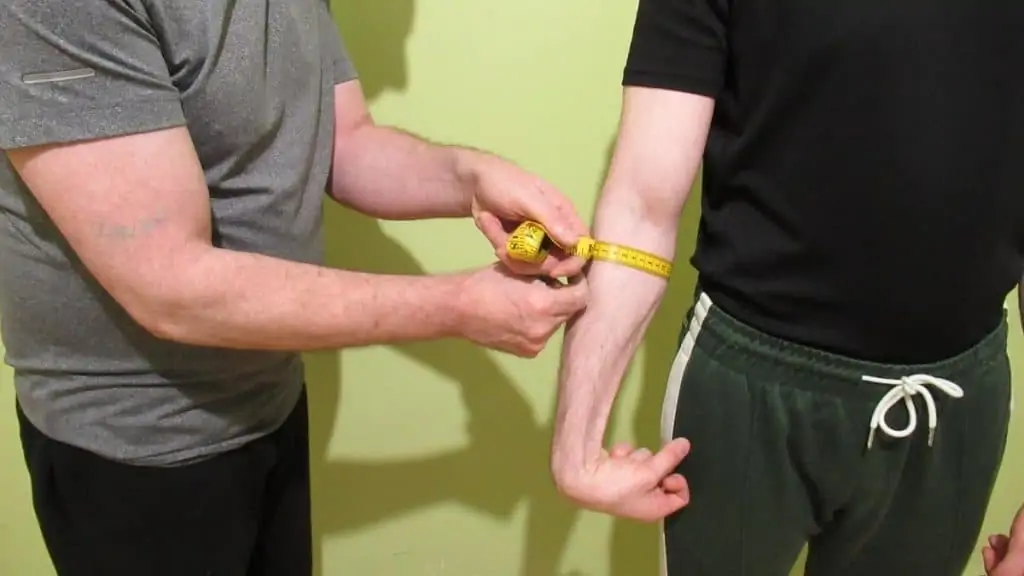
While some people who have larger frames can get lean 12 inch forearms without hitting the gym, most people will need to lift weights in order to hit this measurement milestone.
Realistically, you’re looking at around 6-12 months of resistance training before entering into the 12 inch club.
If you began from a particularity skinny starting point, however, then it could take even longer for you to fill out your forearms.
As always, patience is key. But these six tips will speed up your progress.
How to get 12 inch forearms and maintain them
Heavy compound lifts
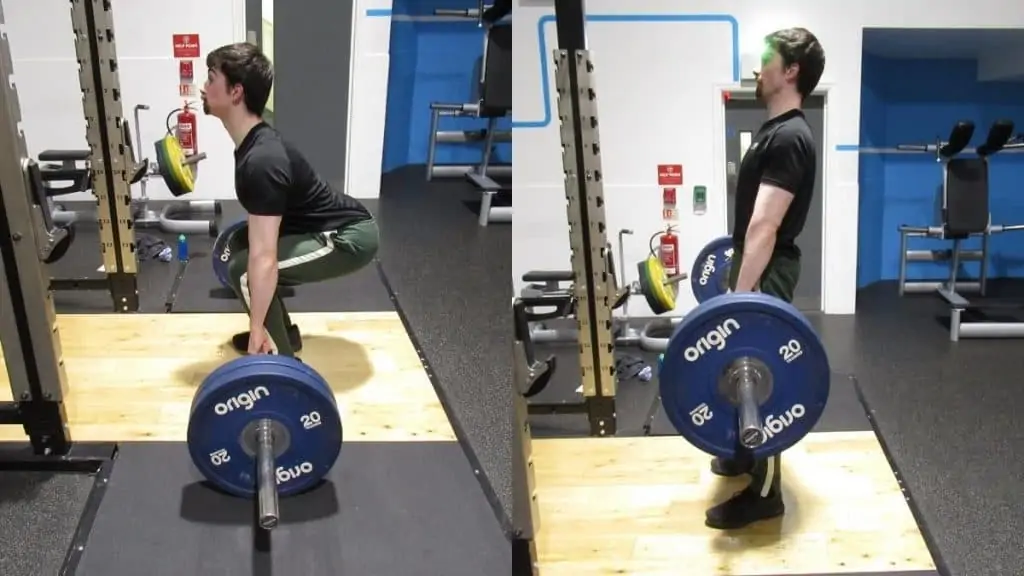
I’ve seen many a man do endless wrist curls with little results to show for his efforts.
While heavy forearm flexions clearly add mass, using the forearms as they were designed (to lift heavy stuff) is, in my experience, a superior size-gaining method.
For most people, going strapless on back day is enough to gain the forearm size that they desire.
Yeah, I know you want to crank out the hand gripper, but trust me, unless you want seriously huge forearms, then you don’t need to do any special training.
Occasional bulking cycles

While unflexed 12 inch forearms are certainly impressive on paper, they’re not going to turn heads in the street (especially since potential onlookers are probably glued to their phones).
As a result, there’s no need to bulk like a bodybuilder to gain forearm mass.
Simply eating slightly more than usual is enough to increase your body weight.
If you eat healthy foods, then you’ll be able to do this easily (i.e., no need to count calories) because you’ll naturally eat more on training days than rest days due to the extra appetite that results from exercise.
Once-a-week direct training
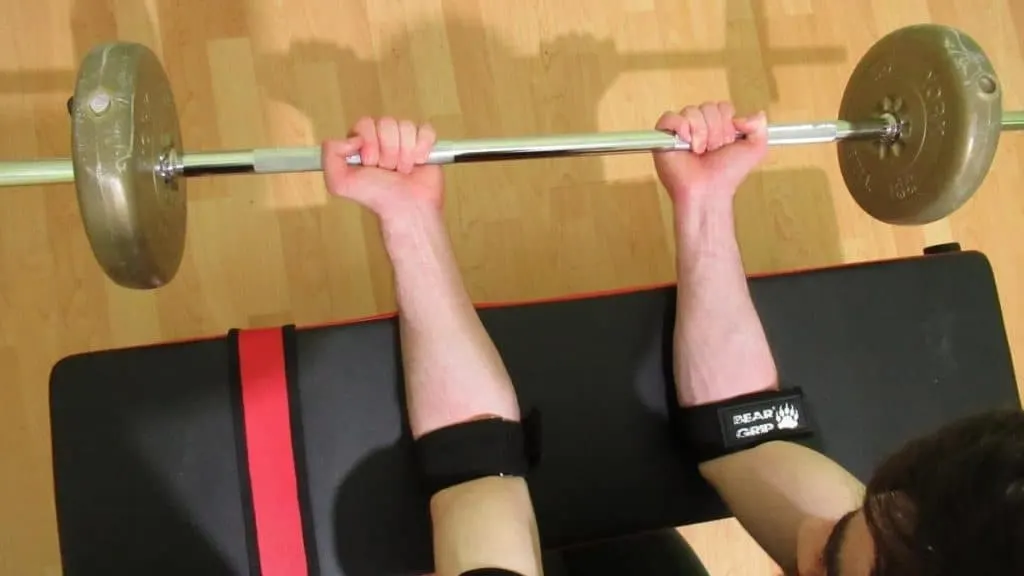
Like many manual laborers, you can work your forearms daily without running into recovery issues.
However, if you’re training them close to failure, then a frequency of once per week is more than sufficient.
This way, you actually give your forearms time to recover and grow, rather than panicking over maintaining some silly high frequency training protocol.
How to exceed your 12 inch forearms
Twice a week forearm training
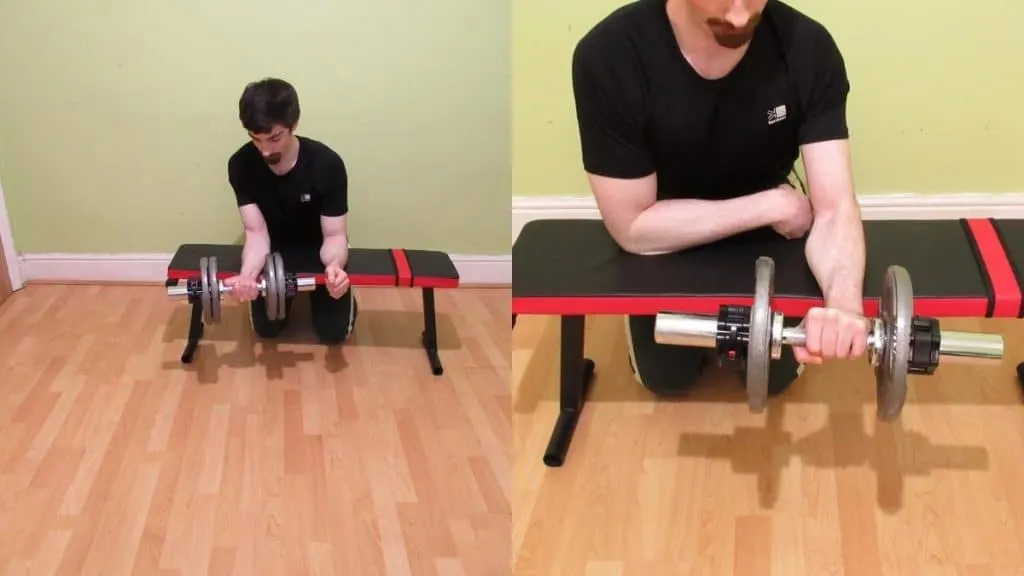
If your life goals revolve around achieving meaty forearms, then you might well be able to speed up your results by bumping up your training frequency to twice a week.
This setup can be as simple as throwing in two sets after your back, arm, or leg training sessions.
Or if you’re a massive forearm nerd, then you could even train them in a separate session so that they can handle more weight since they’ll be less fatigued when you work them separately.
Improve your mind-muscle connection
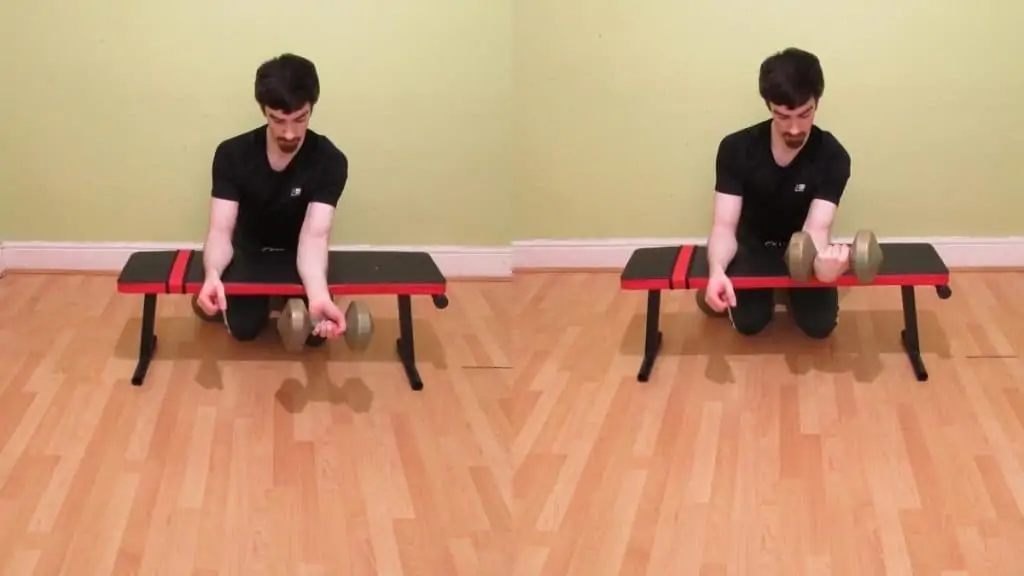
If I had to guess, people with a poor mind-muscle connection (especially when accompanied with poor form) need to do twice as much training volume just to get the same gains as those with a solid mind-muscle connection.
When you can really hone in on your forearm flexors and extensors, you immediately make each rep more effective.
As a result, you’ll need to spend less time in the gym to get the gains that you desire. So now you’ll have the time to do more fun bodybuilding activities like eating plain chicken and rice!
Maintain a higher body weight

Not to be confused with getting fat, maintaining a higher body weight—to the point where your precious six pack disappears—is a smart strategy for thickening your forearms (as well as for generally looking bigger).
Since the arms stay reliably lean up to about 20% body fat, you can actually get pretty beefy without ruining the aesthetics of your physique.
Conclusion: Are 12 inch forearms big, small, or average?

While 12 inch forearms won’t put you in the record books, they will put you on the road to getting big.
The fact that you’re on this page tells me that you’re not some biceps-obsessed gym bro (or are you?), so I’m sure that with time and effort, you’ll achieve the forearm girth that you desire.
When it comes to getting 12 inch forearms specifically, stick to the basics. There’s no need to create weird and wonderful lower arm training programs. Do your compound lifts, eat good food, and the growth will take care of itself. I’m living proof of that.
References
- Kilani, H., & Abu-Eisheh, A. (2010). Optimum Anthropometric Criteria for Ideal Body Composition Related Fitness. Sultan Qaboos University Medical Journal, 10(1), 74–79. https://www.ncbi.nlm.nih.gov/pmc/articles/PMC3074666/
- Waehner, P. (2019, December 6). How to Properly Take Body Measurements During Weight Loss. Verywell Fit. https://www.verywellfit.com/how-to-take-your-body-measurements-1231126

